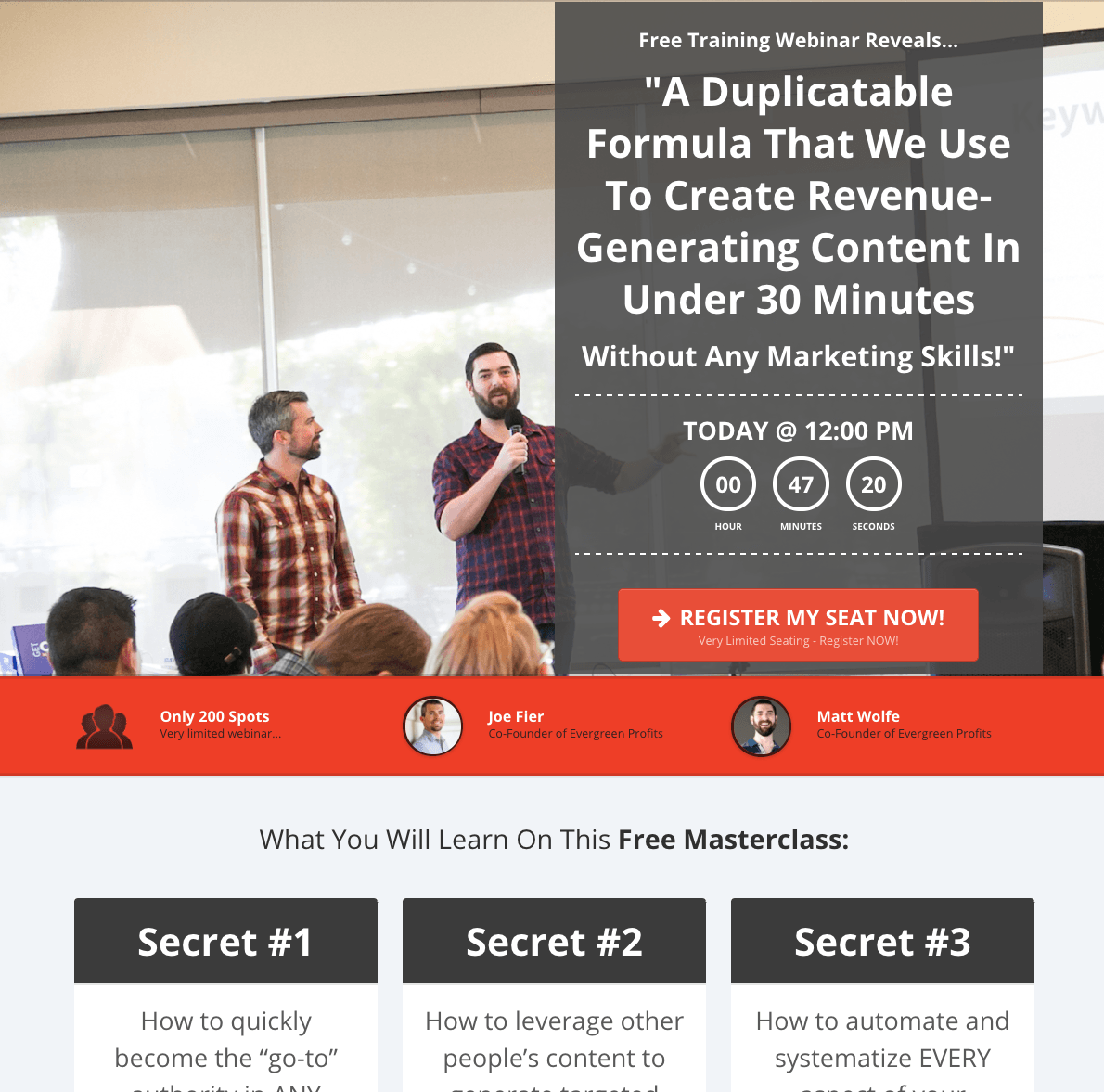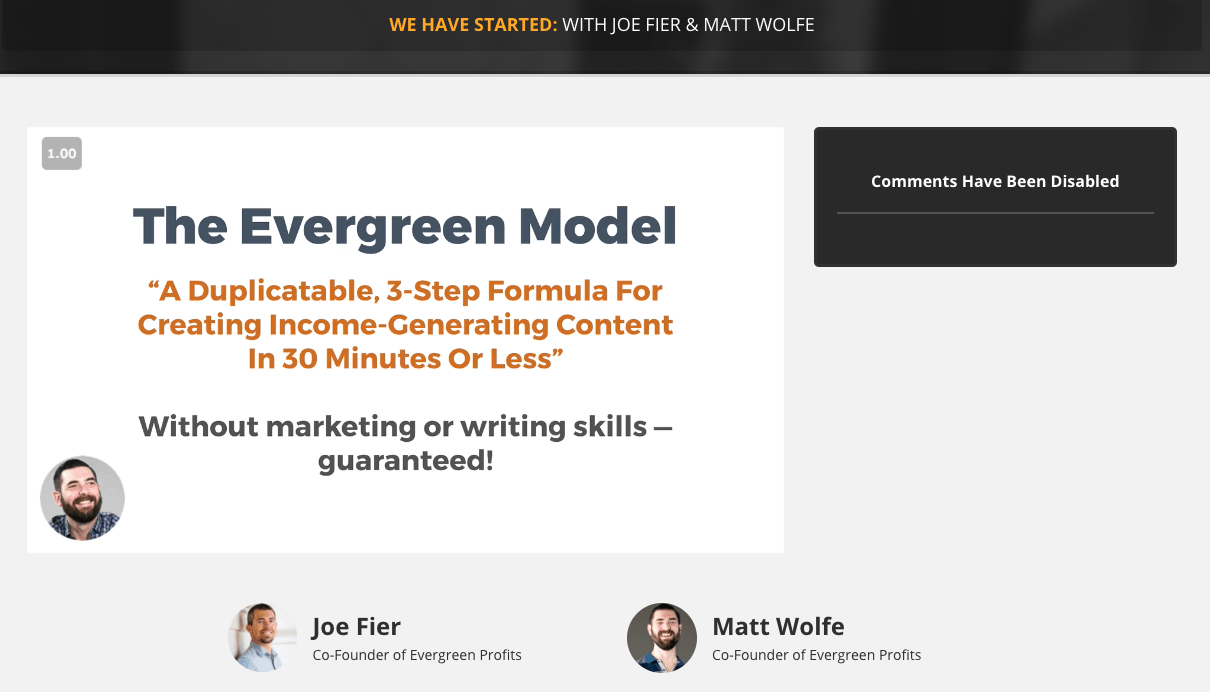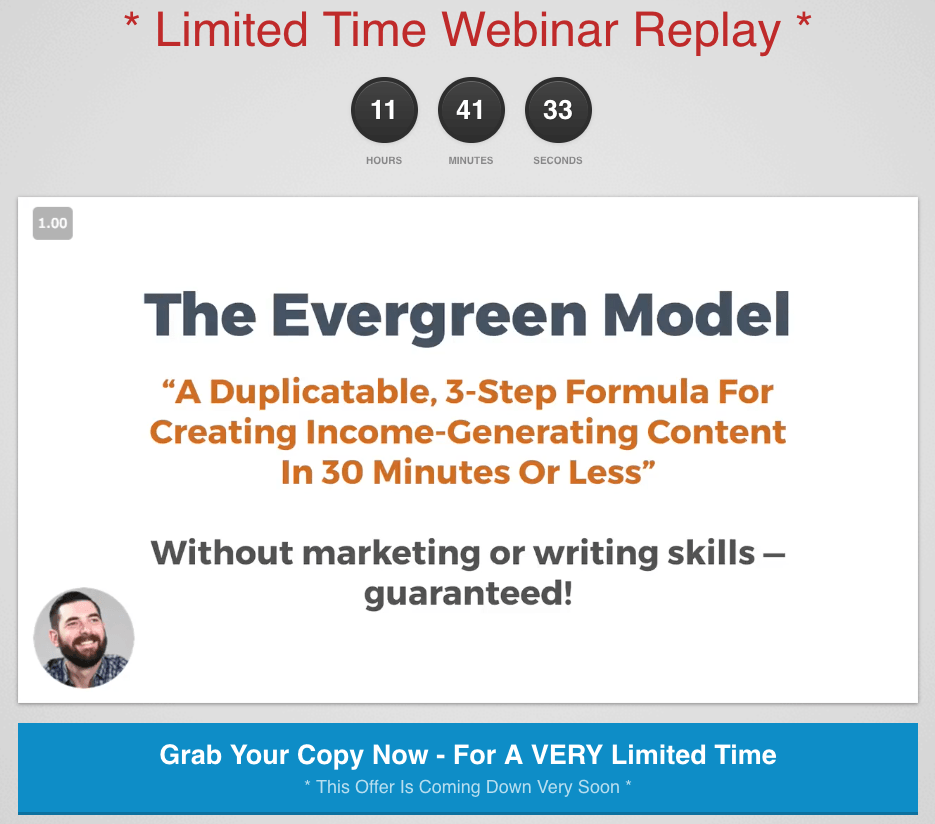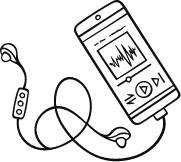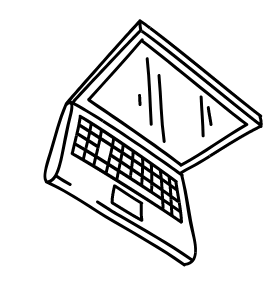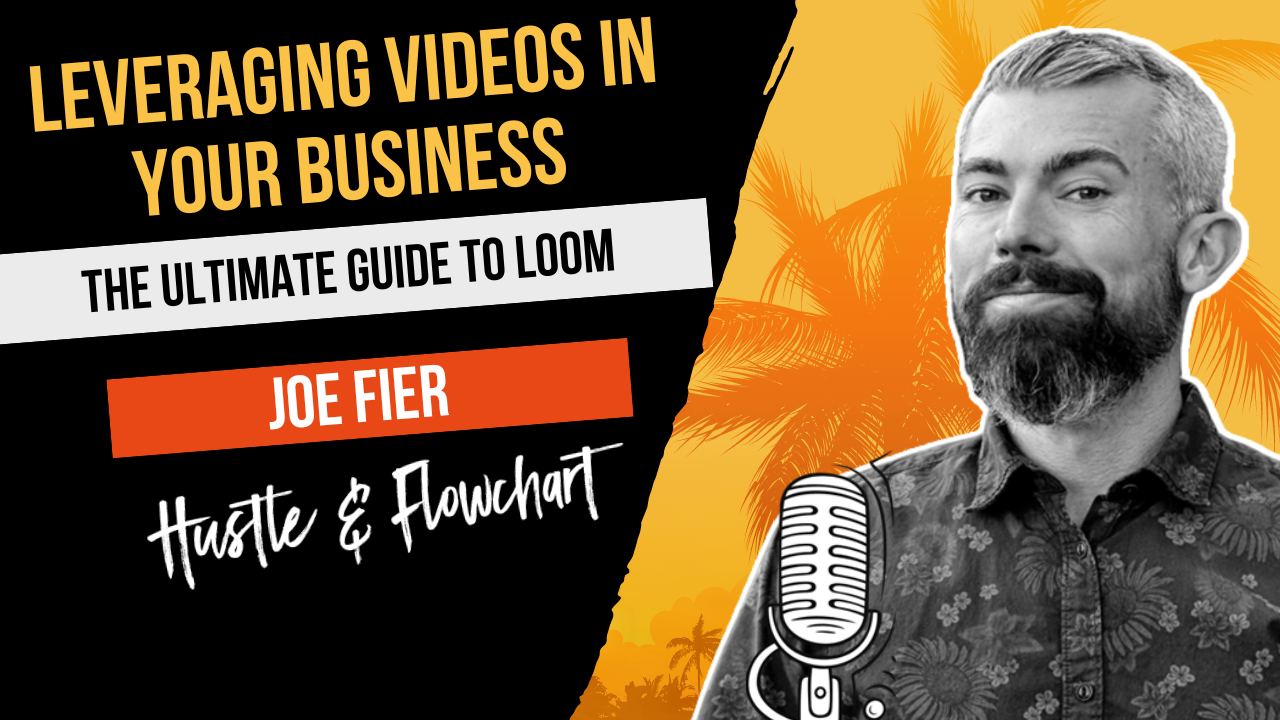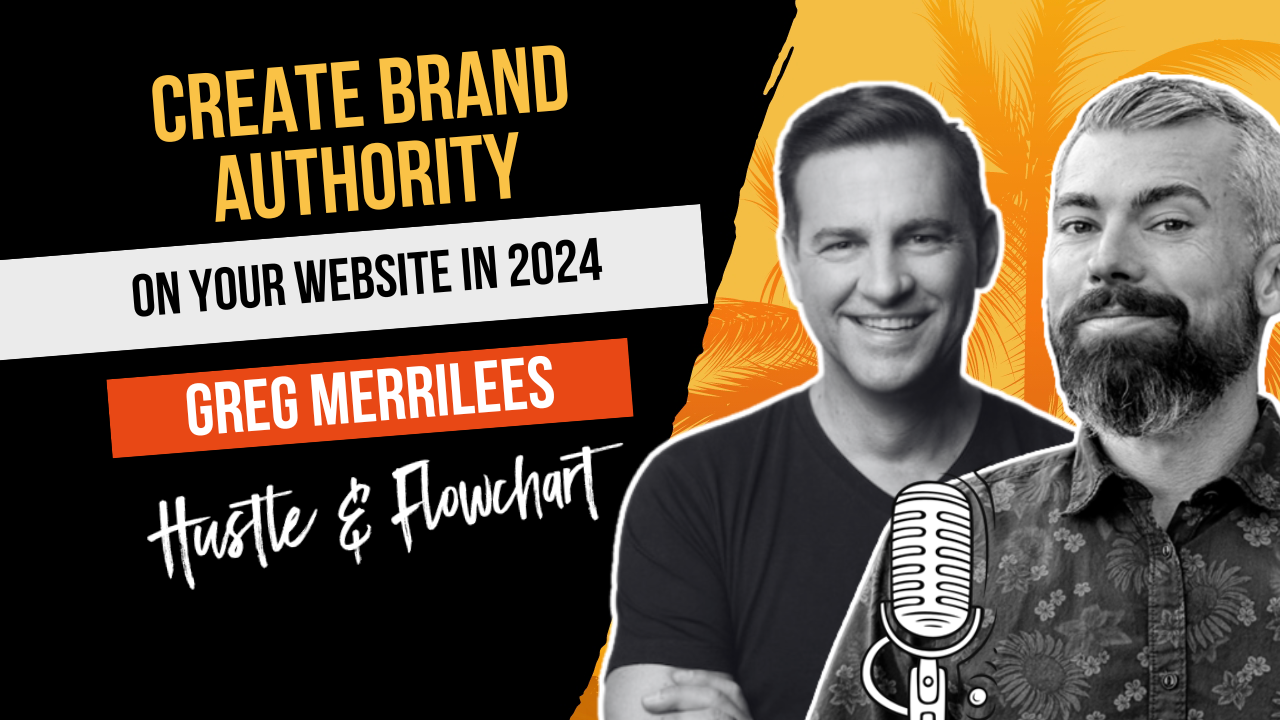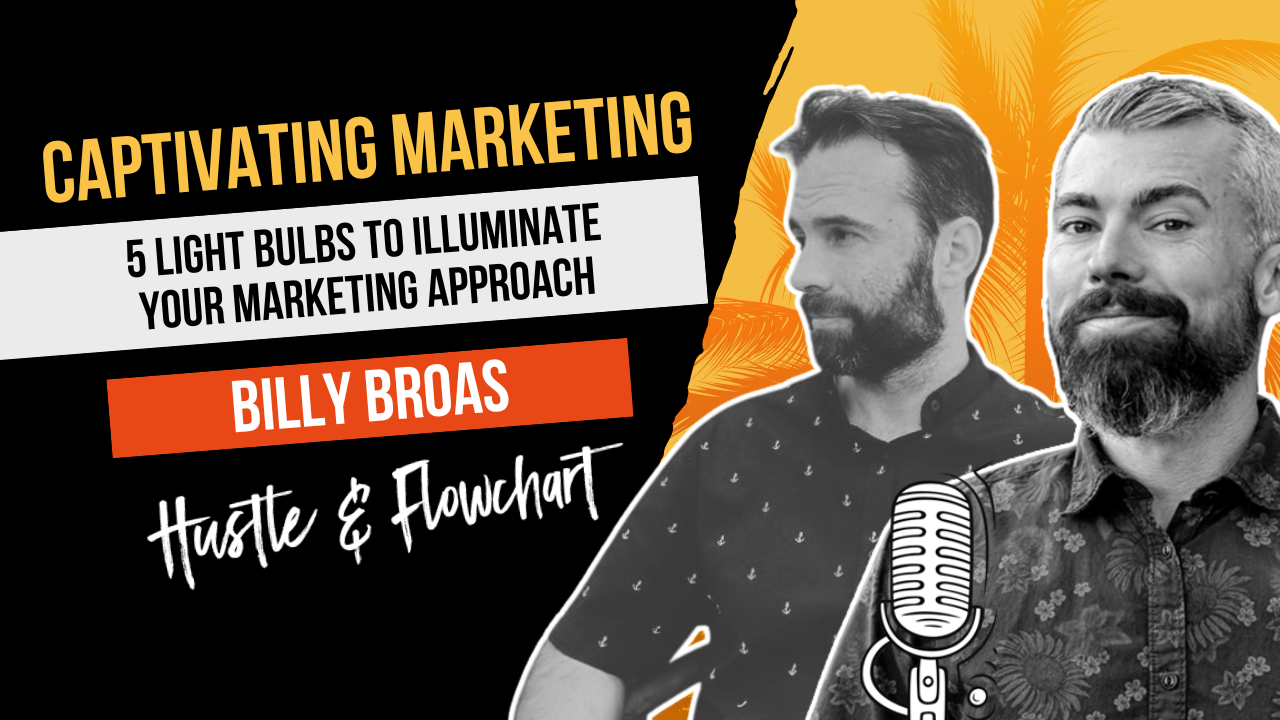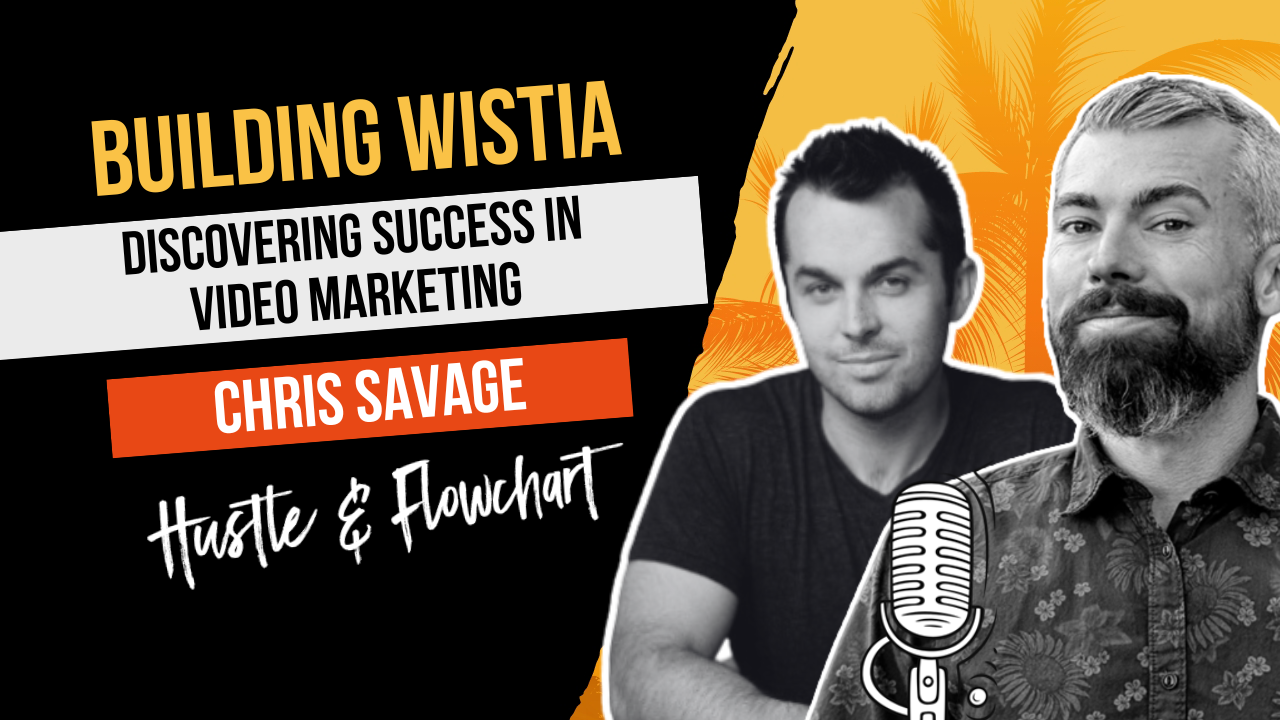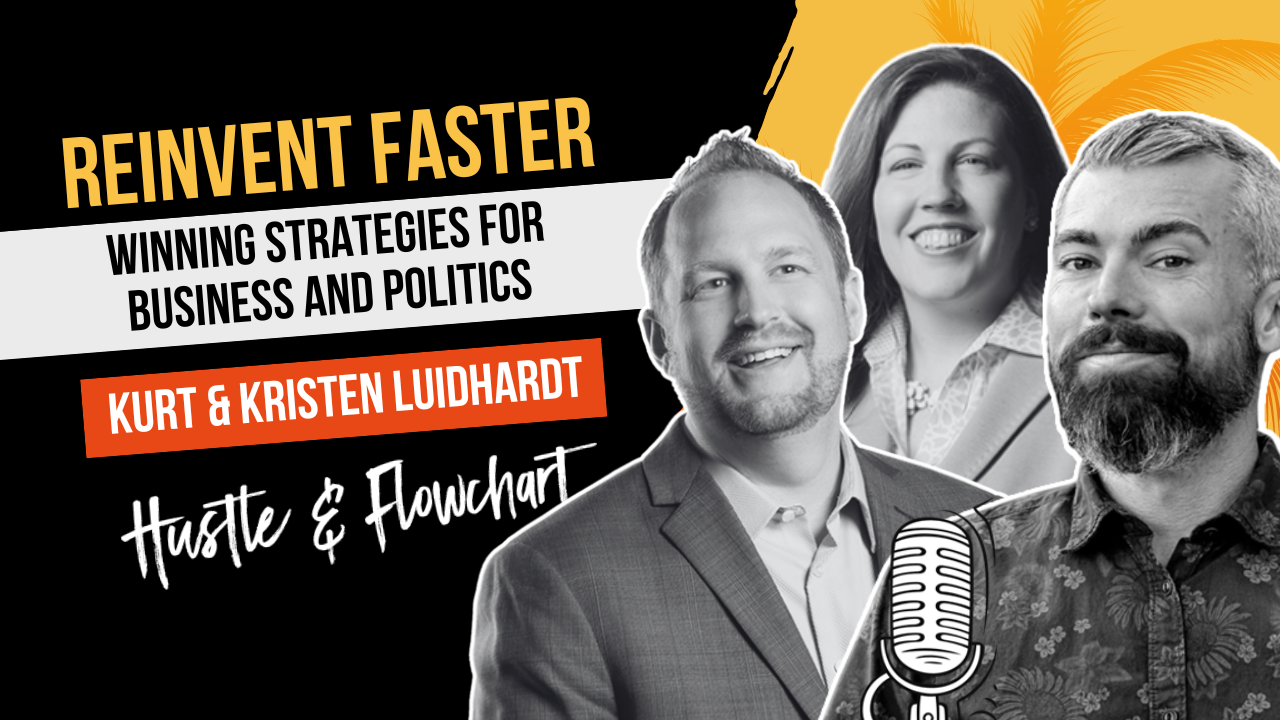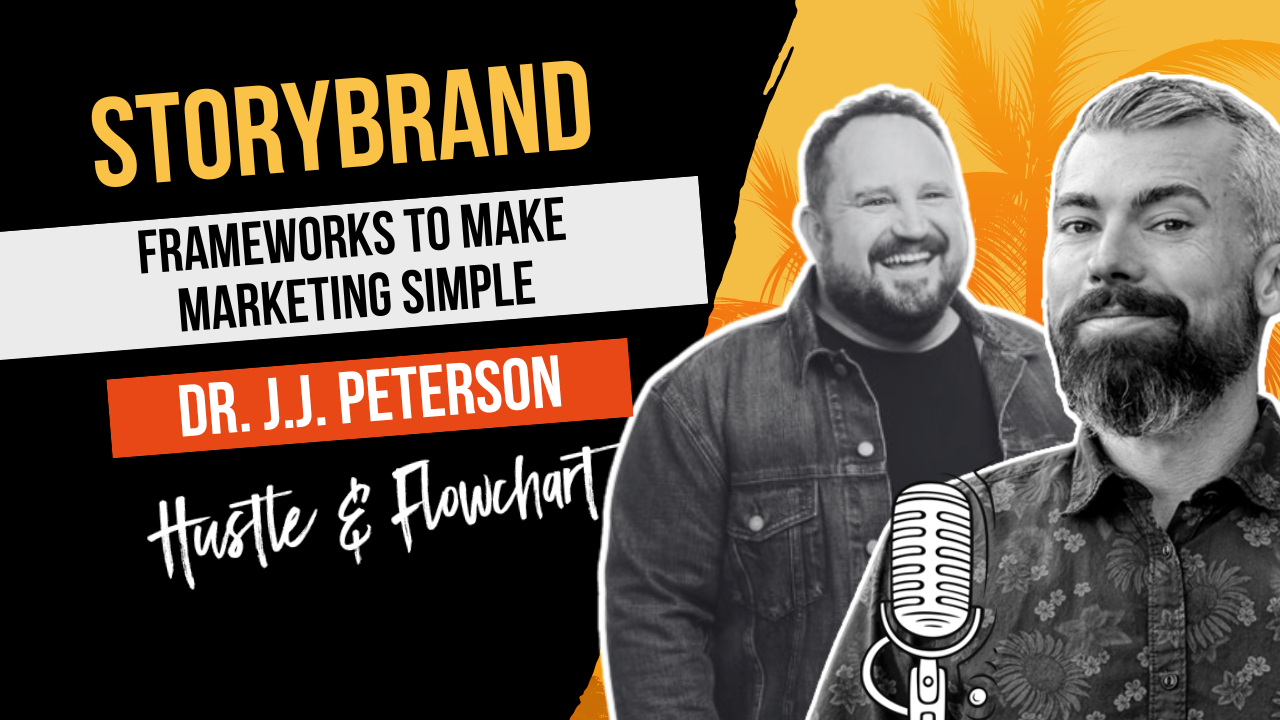When it comes to webinars, there are really three types. In this guide, we’re going to talk in depth about the difference between automated webinars vs live webinars.
But first, let us talk about the different types of webinar styles that exist.
You’ve got live webinars, automated webinars, and hybrid webinars, which are a combination of the first two.
All three types have their pros and cons and we’ve experimented with all of them.
Let’s break down each type.
Live webinars are great for high conversions. When you actually present your webinar live, you have the opportunity to answer questions throughout the presentation, create engagement by asking the audience questions, and handle objections in real time during your pitch.
This style typically has the best conversions because you work people off the fence in real time and lead them towards the sale. However, live webinars are time-consuming. You need to set aside the time to present and you really only make sales during your live webinar promotional period.
Most live webinar platforms also have limits on the number of attendees. Some of the most popular tools like GoToWebinar can get very expensive very quickly if you plan to have a lot of people on the call.
Automated webinars are great for consistency. With an auto-webinar, you create a webinar to look like it’s live but everything is actually pre-recorded.
These are great because you can have your webinar running every single day at multiple times to cater to multiple time zones. You can do things like “just in time” webinars where there is always a webinar that’s about to start from the time people hit your landing page.
Once you’ve got one of these dialed in, you can make sales day in and day out on autopilot. You can also create buy buttons that pop into the webinar at the exact point where you announce the price.
Finally, there’s typically no limit to how many attendees you can have on an automated platform. However, automated webinars are not typically as high-converting as live. You lose that ability to answer questions that could help close the sale in real time.
These are also becoming more and more common and people are starting to realize that most webinars aren’t live these days. People tend to drop off of the webinars quicker when they realize it’s not live and less people make it all the way to the pitch (in our experience).
And then you have hybrid webinars which are a combination of the first two. Typically, you will be on the webinar live at the very beginning. You welcome people in, you say hello to people by name, and you show that you’re a real person and are actually there. After your intro, you then basically hit play on a pre-recorded presentation. Your content and your pitch are all pre-recorded.
Once the recording is finished playing, you jump back in live at the end and answer any questions to help close the sale. This gives people the feeling that the presentation is live and allows you to answer any objections at the end while saving your breath and energy during the core portion of the training.
You always get to present your best version of the training and pitch. However, you still do need to be around to jump in live and it’s not nearly as scalable at automated webinars.
If you’re dealing with potential customers in multiple countries around the world, time zone differences could cause lower attendance. Finally, hybrid webinars are some of the most complicated to actually do from a technical standpoint.
You need a platform that allows you to be live, seamlessly play a video (without the viewer noticing a switch), and then allows you to join back in live again. Many webinar platforms are now just adding in the functionality to be able to do this.
Automated webinars vs live webinars and hybrid webinars
The next logical question is which do we prefer? Overwhelmingly, we focus on automated webinars.
Yes, the conversion rate is lower but the scalability outweighs this for us.
- We can have a webinar that runs every hour and caters to people in any country in the world.
- We can continually tweak and optimize the recording to improve conversions and we can split-test variations of the webinar against each other.
- We will occasionally throw in a live webinar from time to time to test a new concept but our main focus is on optimizing an automated version of a webinar that we can perpetually run.
If you’re nervous about presenting live, you can start with an automated, pre-recorded, webinar and never have to worry about it. If you’re really comfortable presenting live, I’d recommend starting with a live version, testing it to an audience and, if it works, convert it to an automated webinar.
It’s the easiest way to create a webinar while simultaneously pitching your product and making sales.
You’re killing two birds with one stone.
Our step-by-step webinar process
At this point, let’s break down our exact, step-by-step process that we use to get a webinar online. I’m not going to talk about actually scripting the webinar yet. We’ll get to that in a bit. First, I’m going to break down everything that goes into getting a webinar online to show you that it’s probably not as scary as you might think.
- Step 1: We take our webinar script and we plug it into a tool called EasyVSL. EasyVSL converts your script into slides automatically and then allows you to record your audio over the slides. It’s super quick and simple to go from script to recording in no time. Alternatively, you could copy your script over to slides manually into something like Powerpoint, Keynote, or Google Slides. Once you have the slides ready, you can record your screen with Camtasia (PC), ScreenFlow (Mac), or one of the other hundreds of screen recording tools that are available. One free screen recorder tool that we’ve found that works well is called Loom. We’ve used it a little but not extensively. It will get the job done. EasyVSL just bypasses a few steps and saves some time.
- Step 2: Take that video that you recorded and get it online. You can use a tool like Easy Video Suite to host it on Amazon S3 or you could simply just put it on YouTube or Vimeo. Quite honestly, the free options like YouTube will do the trick for your webinar broadcast.
- Step 3: Use the Clickfunnels webinar flow. If you have Clickfunnels, you can simply use their pre-built webinar funnel flow. It’s what we use and it does the trick just fine. EverWebinar and EasyWebinar are also a good alternatives for creating automated webinars, however, we found that it takes quite a bit longer to set up. We believe it keeping things ultra simple and getting them online quickly.
Clickfunnel’s webinar funnel allows us to deploy quickly. By the way, if you’re torn between using Leadpages or Clickfunnel’s for your webinars, we wrote an in-depth comparison of the two here.
If you want to do this on the ultra-cheap, you can create a page in WordPress, embed your video on that page, and then display your webinar after someone opts-in (registers) for the webinar. It won’t be the prettiest thing in the world and it probably won’t fool anyone that it’s not actually live but it will do the job to get something online quickly and cheaply. - Step 4: Create a followup sequence for after they register for the webinar. The first email should remind them of their webinar time and link to the webinar. The second email should go out three or four hours after the first and let them know that a replay is available, the following three emails after that should push the fact that the webinar is coming down soon and that they shouldn’t miss it. And then a final email should go out with a “final notice” that it will be their last chance to watch the webinar. Once the webinar sequence ends, we then send a few emails that drive them to the products main sales page (instead of the webinar) to give them another chance to buy. Some people just won’t respond to webinars but they might to a sales letter or video sales letter.
Registration Page:
Thank You Page:
Webinar “Live” Room:
Webinar Replay Page:
Once you’ve got your webinar funnel dialed in, it’s time to drive traffic. Really diving into Facebook ads is a bit beyond the scope of this post.
Let’s break down some quick tips for driving Facebook ad traffic with webinars.
- We use DepositPhotos.com to find images for our ads. We look for super colorful images and then load them into Photoshop and boost the contrast even more. This will help them stand out in the newsfeed.
- For the ad copy, follow the STS formula that we broke down a few posts back. It stands for “Struggle -> Tweak -> Success Story”. We used to struggle with X, we made one simple tweak, and now this is the type of results we get. This makes for perfect FB ad copy.
- Pick 5 cold interest targets to test on Facebook. If you’re in the internet marketing niche, you may target people who like Frank Kern, Russell Brunson, Infusionsoft, Digital Marketer, and Pat Flynn. Create a separate ad set for each target and divide your ad budget evenly across all 5. After 72 hours, turn off the ineffective ads and reallocate the budget from those ad sets to the more effective ad sets.
- Create a 2nd ad campaign for the sole purpose of retargeting. Anyone who registers for the webinar, retarget them with an ad that links them to the replay. Even if they miss your emails about the replay, your ad will follow them around on Facebook. We make most of our sales off the retargeting. Don’t skip this!
And that’s about it. That’s our whole process. You can simply replicate what we’ve done and obviously change it to match your own content and product but this is what has worked for us.
The secrets from the experts
It helps to have a lot of good friends in the marketing industry that are absolutely brilliant with webinars. For the past several months, we’ve had a webinar of our own running, using the systems that we taught above. However, we’re people that always want to improve. We always want to optimize and scale and make things better and better. So what did we do? We called upon those friends to take a look at our webinar, offer feedback, share tips, tricks, secrets, and other valuable advice with us… And we were absolutely blown away by what we received.
Some of the smartest minds in the marketing world rose their hands to help us out and offer up their best bits of wisdom. However, these guys are mostly highly paid consultants and experts that sell books and courses on the topic of webinars. They don’t just freely give out this advice. For most of these guys, we’re not going to share who gave us these tips. They didn’t want others to know that it was available at such a discount.
So here it is… The advice and secrets from the experts carefully rounded up and curated just for you…
Here we go…
- Headlines & bullet points: You want to excite emotions within the target customer. Don’t say things like “content marketing will make you more sales”. Instead, say something like “using this simple strategy will make content marketing easy so you can make more money and work less”.
- Use case studies: Demonstrate how you made more money and the quickness and ease at which the money came. Using someone else as an example is less effective.
- Testimonials: You can never use too many testimonials. Use some quick testimonials early in the presentation to build credibility. Putting testimonials at the end after the presentation has helped as well.
- Social proof: Use any kind of images speaking on stage, income proof and any other proof that you are an expert and authority. Show this proof towards the very beginning, but make it quick. Don’t harp on it, but make it apparent that you’re the person they should be listening to.
- Use lots of benefits: You can never use too many benefits in your webinar. Things like ‘free time with family’, or ‘clients that respect your time’ or ‘social tribe of badasses that respect your advice and authority and leadership’ or whatnot. People love envisioning themselves in a place that’s better than where they’re at now.
- Presenting in the best way: Just ask yourself, where is your audience now, and where do they want to be. Your content should be fighting objections and educating to get them to that point at the end or to believe in it, where your solution is the answer – The bonuses in the offer should also fight all remaining objections.
- Keep the focus consistent: Make sure that everything in your presentation is consistent and doesn’t conflict with each other. For instance, if you’re talking to business owners who want to optimize their business, don’t teach and try to sell them something that is telling them to start a new business or an unrelated product. Instead, show them how they should improve on what they already have in the works so they grow with what they have.
- The offer: In my personal experience it always comes down to how strong the offer is and how ‘sexy’ the hook is. When I don’t nail the offer, I’m in trouble. So many things in here from the offer, the targeting, the hook, the price point, fast action bonuses, scarcity, follow up, indoctrination and the list goes on.
Tell them why they should stay to the end: Build up a big reason why the user should stay till the end. Maybe you give them a special gift for staying, or you do a giveaway, or one-time discount. - Pricing: Pricing needs to be justified. People need to feel like they are getting a special deal that they can’t pass on. If they stick until the end, it should be a no-brainer for them to buy if they spent that much time with you.
- Scarcity: It’s all about scarcity. Always add in as much of it as you can. You can limit the quantity of your product, how many people can join at the special price, use time scarcity, give bonuses for a limited number of people, give free coaching to the first X people who join, etc.
- Emotions: Make sure your presentation has emotion used throughout it all. During the introduction, teaching section, offer presentation and call-to-action, everything should be presented with emotion and benefits. Always think, “why should they care?”
- Keep your offer simple: Usually, sub-par conversions can be traced back to the offer psychology. The offer should be presented in just a few sentences and should be simple to understand to the viewer. The viewer should see this as their most obvious next step to take. If you can get people to understand this, it’s just little things to get them to actually convert to a buyer.
- Create the webinar yourself at first: Don’t hire a copywriter to create the first version of your presentation. You know your own product and target audience better than anyone. It should take 1-2 hours to put together a rough unscripted presentation with slides. You can then use those simple slides to record your first version of the webinar… and that’s where you should start. Have copywriters and others fix it later once you get the main framework done and you get some initial stats from launching it.
- Testing & ads: It is normal to lose money with Facebook ads. During this time you should be testing out your offer and sales hook. Keep an eye on how long people are sticking with you to the end, where they drop off during the presentation and keep modifying.
- Where to modify your webinar: When looking at your stats (we use Vimeo to see where people drop off during our evergreen webinars), you can figure out where to modify your presentation. If you see most people drop off during your training section at 20 minutes in, then you should work on fixing that section and make it more engaging. When you relaunch your webinar and you notice people are sticking around longer and now drop off at the start of your pitch at 35 minutes in, then you need to focus on keeping their attention there. This helps you modify things in chunks, rather than trying to overhaul everything each time and wonder what worked and what didn’t.
- Break up the price: If you’re selling a high-ticket offer, for example $1,000, consider offering two options. Full pay at $1,000 or 12 payments of $100. Most will take the full pay and, those that don’t will create a consistent income.
- Use social proof on the webinar registration: Tools like FOMO and Proof that show who recently registered, greatly improve opt-in conversions.
- Create a PDF version: Hire someone to make a PDF ebook version of what you teach in your webinar. Give this away for free a few days after the webinar. You’ll get some additional conversions as a result of the ebook.
- Show your face: Adding your headshot to one of the lower corners of all of your slides humanizes you to your viewers and ultimately has shown to boost conversions.
That’s a lot to work with! The point here is to review these points whenever you have a webinar that you are building or one that you need to optimize. Anyone of these points above could drastically improve your webinar’s conversion rate. Always remember to split-test new versions of your webinar, don’t just replace the old version with a new one. Without split-testing, you won’t get accurate stats on which presentation is doing better and why.
We also had a chance to pick the brains of a couple of webinar experts in an interview format. These guys live and breathe webinars, so in this following section, you’ll get excerpts from their interviews that left the biggest impact on us.
First up, Jon Schumacher.
He’s presented over 200 live webinars and specializes in optimizing his client’s webinars. In this first question, Matt asks how people without an email list or advertising budget can get people onto their webinars and make their first sales:
“Matt: Now what would you say to somebody who doesn’t really have a list and they’ve got a fairly small, if any budget at all, but they’re interested in going down the route of doing webinars?
Jon: Obviously we all start at zero. None of us come out of the womb with a list or anything like that. If you have no list or no budget or really no partnerships, you’re going to start smaller. I remember on my first sales webinar, I had like 30 people on there, but I still made some sales and got excited about it and stuff. Yeah. You’re going to start smaller if that’s you, but the thing to get going quicker is … Practice the technology. Make sure you have that down. Practice your presentation.
Try to gain access to maybe a few people’s audiences. My first hundred, and I think 30 subscribers through webinars, I got just because I did a webinar for a Facebook group. I got permission to host that for somebody. If you’re just starting out, or if you’ve been in the game a while, having relationships with people can speed that up because after I did my little Facebook group webinar, I had a whole 130 people on that list. What I’d done is I had a connection to another guy who is a video marketer who had a big list. Even though I couldn’t possibly reciprocate for him, because I didn’t have much of a list. He had about a 10K list. He still liked me and liked what I was doing and he agreed to do a webinar with me. He put on another 300 or 400 leads through that webinar in one shot.
That’s how I started out, I was doing little partnerships with people and we’d get a few hundred leads here and there and make a few grand in sales here and there. Then we just kept growing from there. I don’t do it as much as I used to, but I think for a lot of people starting out, there’s really only a couple ways to do it. You can try to find friends and partners to co-mingle with, because you don’t need to pay. You have to pay an affiliate commission obviously, but you don’t have to pay on the front end usually for something like that. That’s one idea.
That’s the tricky part. It’s like a rocket ship. A rocket ship uses 80% of its fuel to leave the launchpad, but once it leaves the launchpad, it goes to the moon and back on 20% of its fuel. Business is that way too. When you’re starting out with nothing, no assets, you got to scrape it together a little bit.”
In this next excerpt, Jon describes the three most important things to focus on when creating a webinar. This sums up exactly what you should do when launching a new webinar:
“Jon: If you’re brand new out there, I’m a big believer in the 80/20 rule of webinars. We’ve talked a lot about all these little conversion trinkets. But the reality is you just need to focus on the big three if you’re just getting started.
The [first of the] big three is your offer. No one gives a crap if you have a webinar. If your offer sucks, you’re screwed. Having a compelling offer that a specific market cares about and being able to position that effectively will make or break your webinar. No one cares that you have a webinar. They care that you can help them. You got to focus on your offer. Your presentation, which is just the script. How are you positioning it? What’s the message? It doesn’t have to be the prettiest looking thing to start with. It has to be a compelling message that gets people excited.
Then the follow up. You don’t need an 11-part follow up, but you do want to have some kind of follow up sequence in place with a specific deadline.
Then beyond that, you test and then you can look to make it more complicated and tweak things and improve things. The core elements are those things.”
Next up, we have Drew Burkes. He’s a webinar and automation specialist. He’s all about the systems and follow-ups that get people to buy. One thing to note is that you shouldn’t just rely on your webinar to do all of the selling, most of it could actually come from the follow-up emails and marketing you do to push them to buy.
Here’s an excerpt from our interview with Drew when he describes his email follow-ups that people receive after they attend his webinars and don’t buy:
“Drew: In the post webinar sequence, we have a series of emails that go out and, if they haven’t bought, we address objections. So usually we’ll have one to three objection-handling emails, so they’ll handle the objection, give some testimonial, recap the offer, and send them to the offer. And then after, if they still haven’t bought, then we’ll send them to a countdown. And that countdown’s based on the offer. So the one that worked really well for us was a four day offer. So then we’d have four emails that would go out, you got four days, you got three days, you got 48 hours, you got 24 hours, last call.”
In this bit, Drew talks about little ways to improve Facebook ads to a webinar:
“Matt: When you do Facebook ads, I’m just curious about the process that you might go through to find potential targets? Because I know, when it comes to Facebook ads, they’re not really that complicated to run but it’s pretty complicated to figure out the perfect target to get people to your webinars.
Drew: That’s really what we found. We found that what’s true today on Facebook ads isn’t necessarily going to be true tomorrow. And what I mean is, we would have campaigns that we ran for one specific webinar. We ran ads consistently from September 2014 to June of 2016.
Matt: Wow.
Drew: And we spent on average about $30,000 to $40,000 a month on those ads, for 22 months. And we would have a campaign that might work brilliantly for a month, and then it might have three days where costs were three times higher. No rhyme or reason. We found specifically the audience network was typically bad, we didn’t like to use that. But I can tell you that for those ads where we found the most success was with the high relevant score, and that sometimes was as ridiculous as changing, just as an example, we might have an ad set with the age set from 30 to 55, and we might change it from 30 to 60, and suddenly it’s a better relevance score. So little tweaks like that would sometimes make a big difference.”
This is a great section of this blog to refer back to whenever you run a new webinar or are wondering what to optimize. Just one or two of these tips could take your failing or decent webinar to one that you can scale and turn into a long-term asset.
Automated webinars vs live webinars resources:



